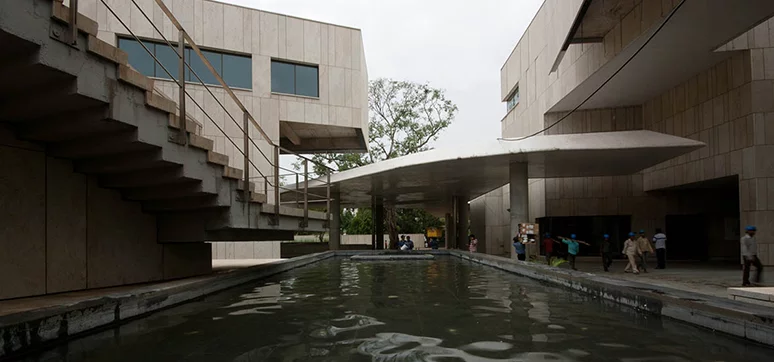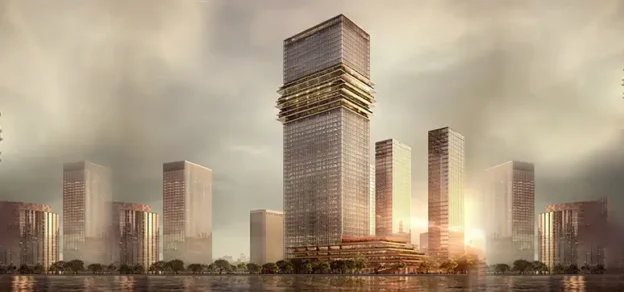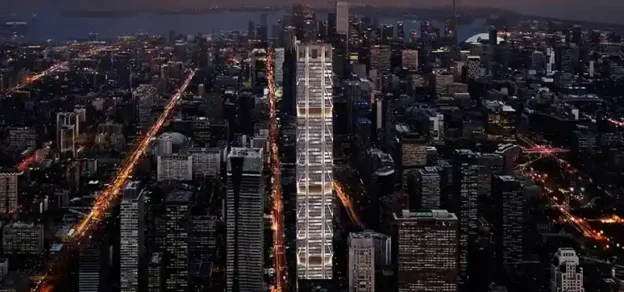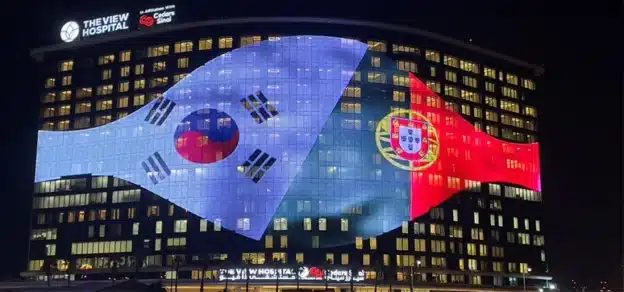The design of the project is an analogue response to a digital campus. The campus, designed in collaboration with Tod Williams Billie Tsien Architects|partners, New York, is intended to be experienced on foot. Rather than grouping the entire program into one structure, the project is divided into separate buildings that are low to the ground to emphasise the natural beauty of the site.
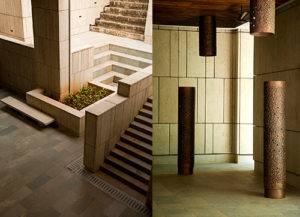
The Context: It is a new architectural sensibility, based on the inputs of sunlight, daylight and air temperature in time and space. The architecture and environment went hand in hand through the design process. The existing foliage was retained, and courtyards are a prominent feature of the design for cross ventilation.
The Design: The buildings are connected by the network of raised, shaded passageways, providing refuge from Mumbai’s intense heat and seasonal monsoons. Secondary skins were designed to insulate the building from heat. Rain skin cladding was used to reduce heat gains. Water features, found throughout the campus, help to provide soothing relief from the intense heat. Even when walking within one building, hallways remain outdoor spaces and the corridors had double sandwiched stone jaalis. They are connected by generous exterior stairways, encouraging people to move from floor to floor on foot. Breakout spaces are incorporated into the hallways, allowing people to interact with views of the verdant landscape.

The building was designed as a “thin” building to facilitate cross ventilation, to reduce the heat load and to allow entry of sunlight. As we were on a budget, we used cavity walls for thermal insulation to act as a heat barrier. We added more depth to the windows for sun protection, and to cut the heat and glare. This planning approach greatly reduces the building’s cooling demands and energy usage by limiting the air conditioned space to the areas where it was required.
QUICK FACTS:
Project: Tata Consultancy Services
Location: Mumbai, Maharashtra
Client: Tata Sons Private Limited
Architect: SNK Architects in collaboration with Tod Williams Billie Tsien Architects|partners, New York
Materials used for façade & fenestration: Stone, jaali, glass
Commencement Date: 2005
Completion Date: Ongoing
